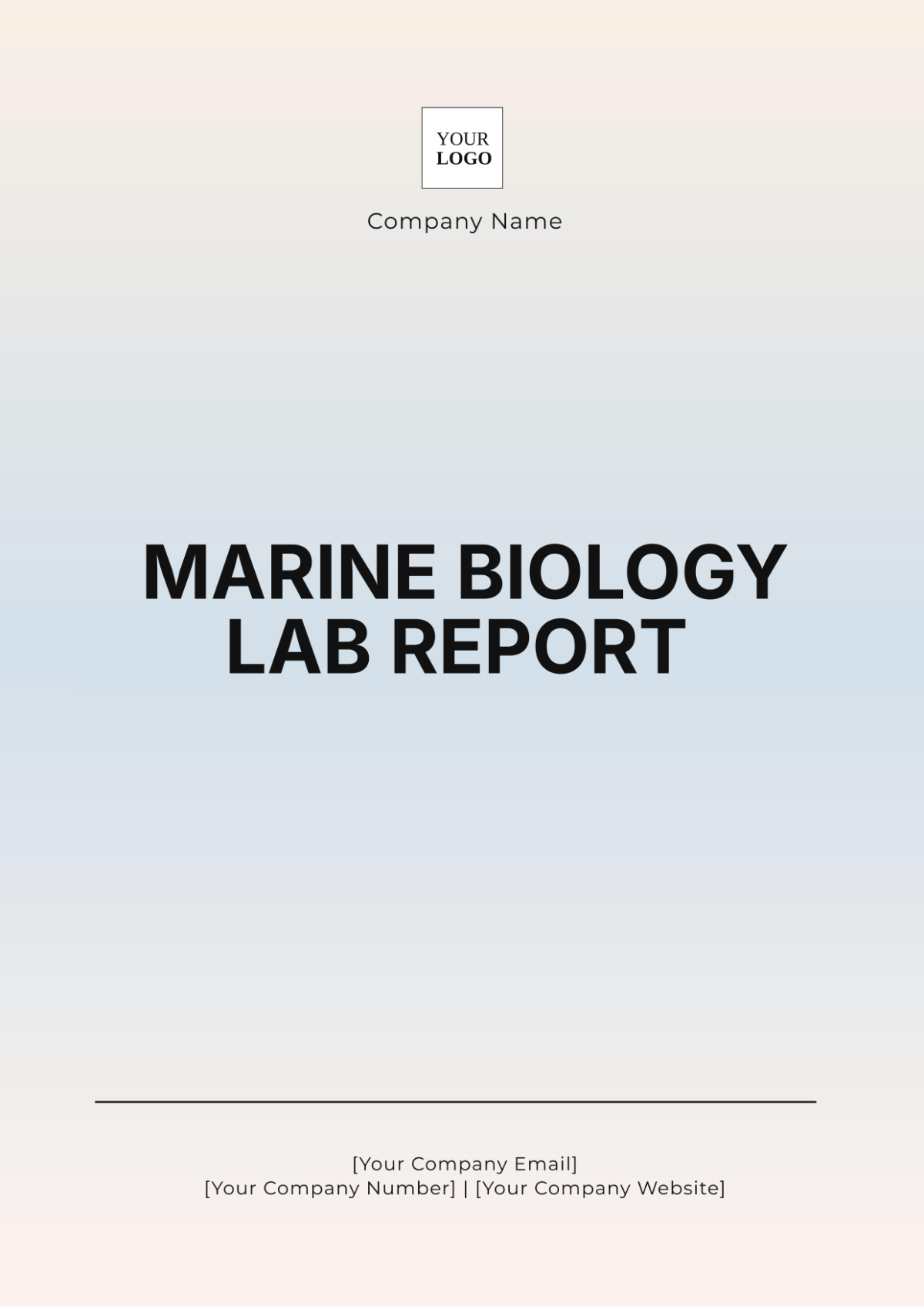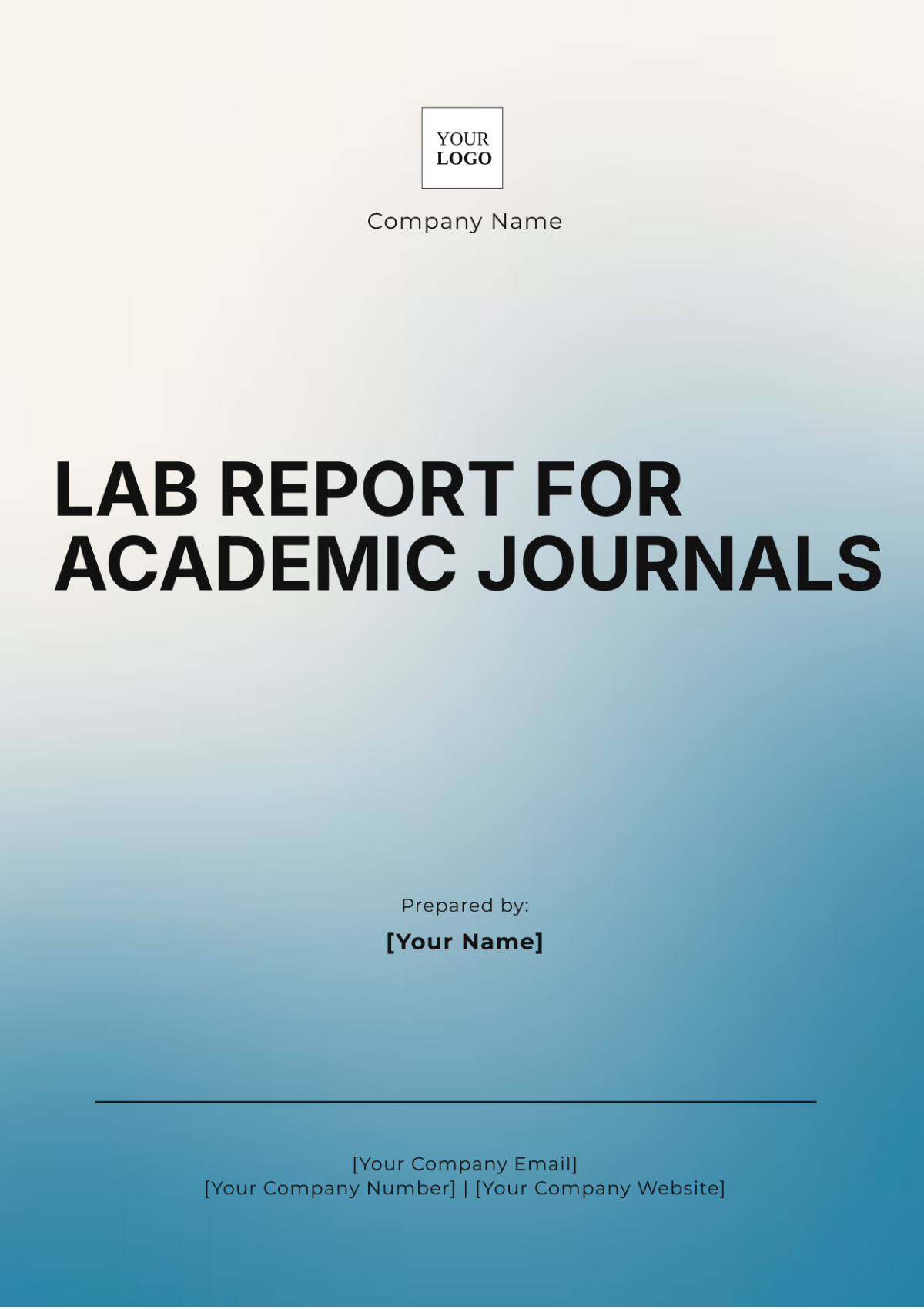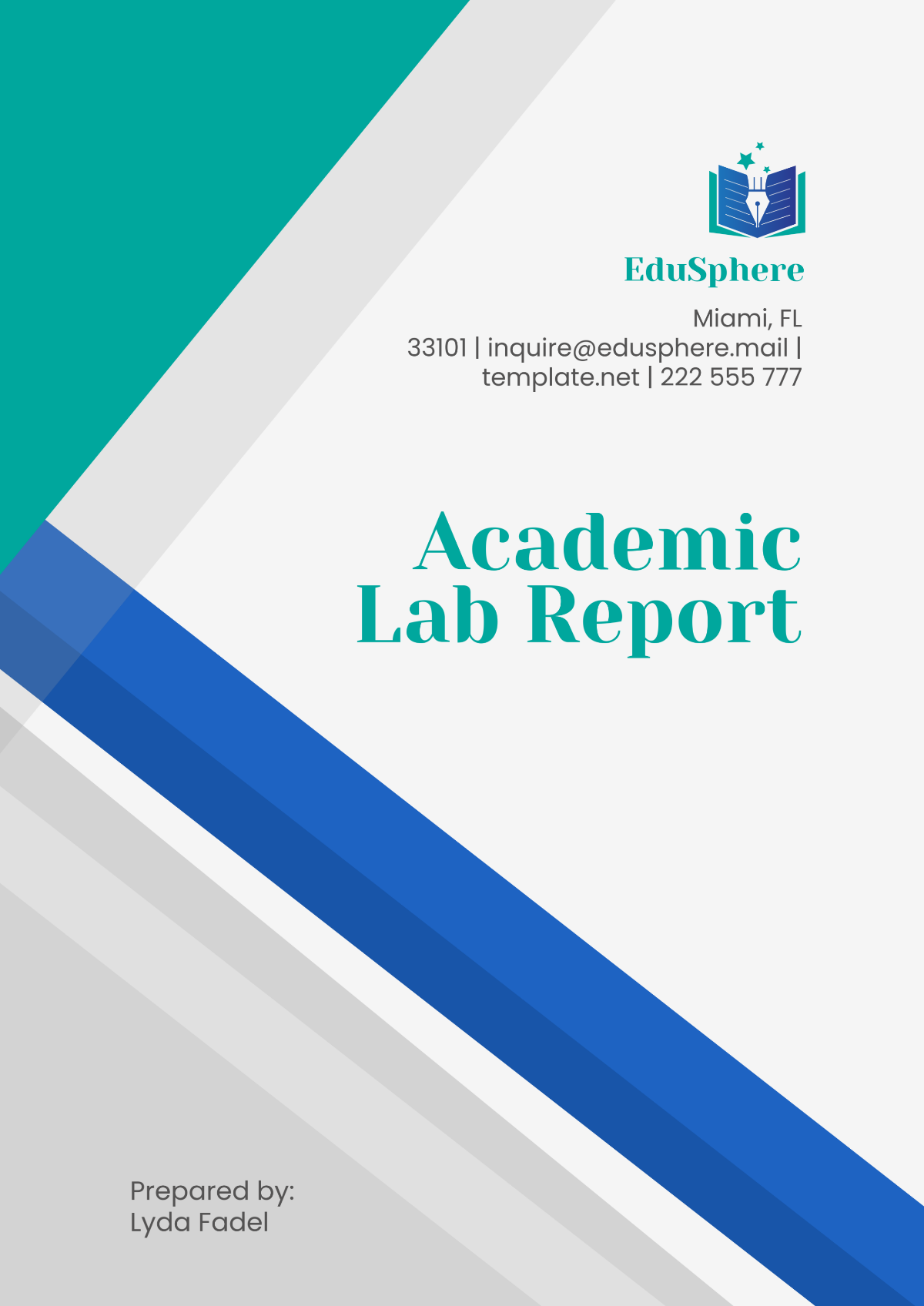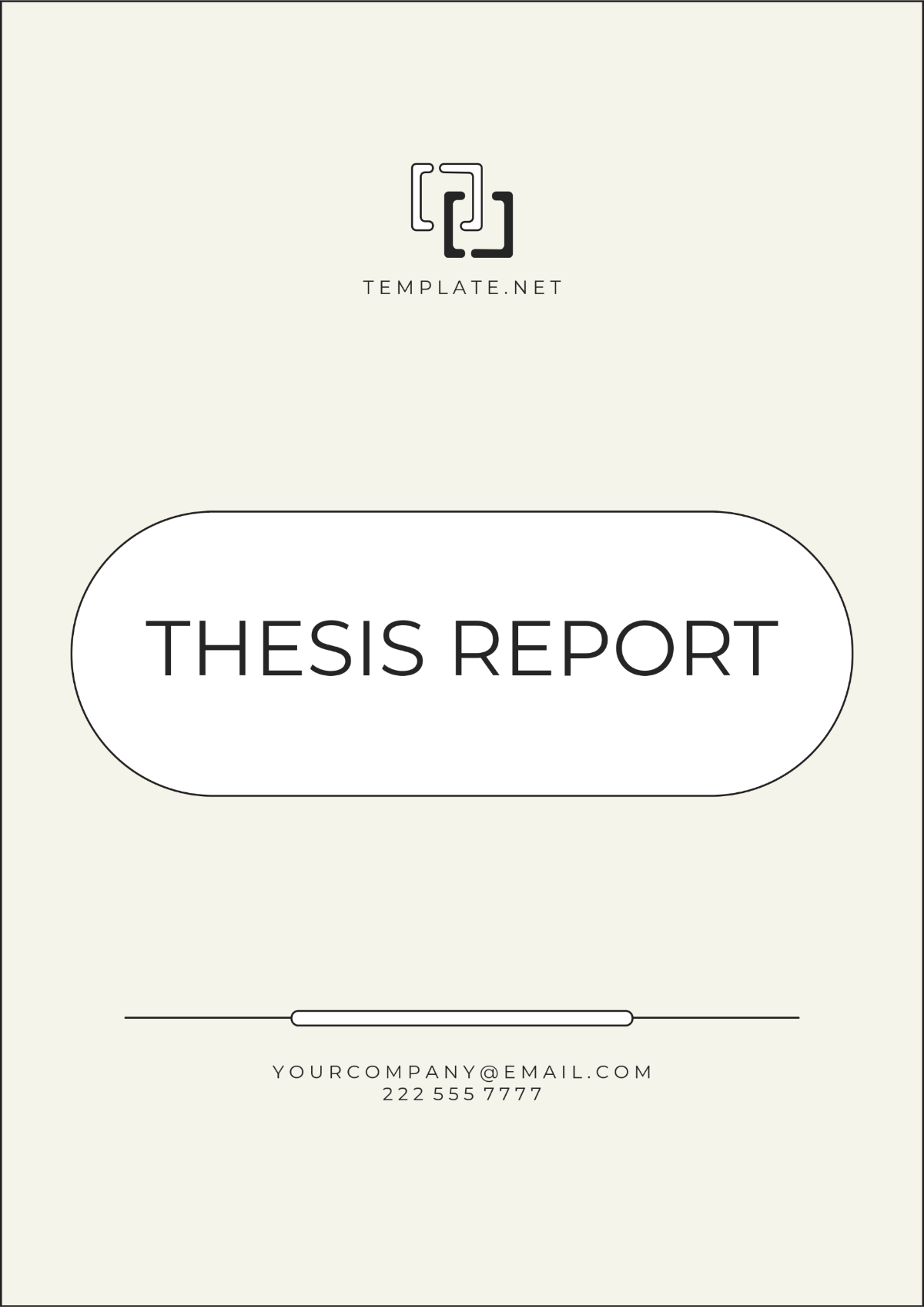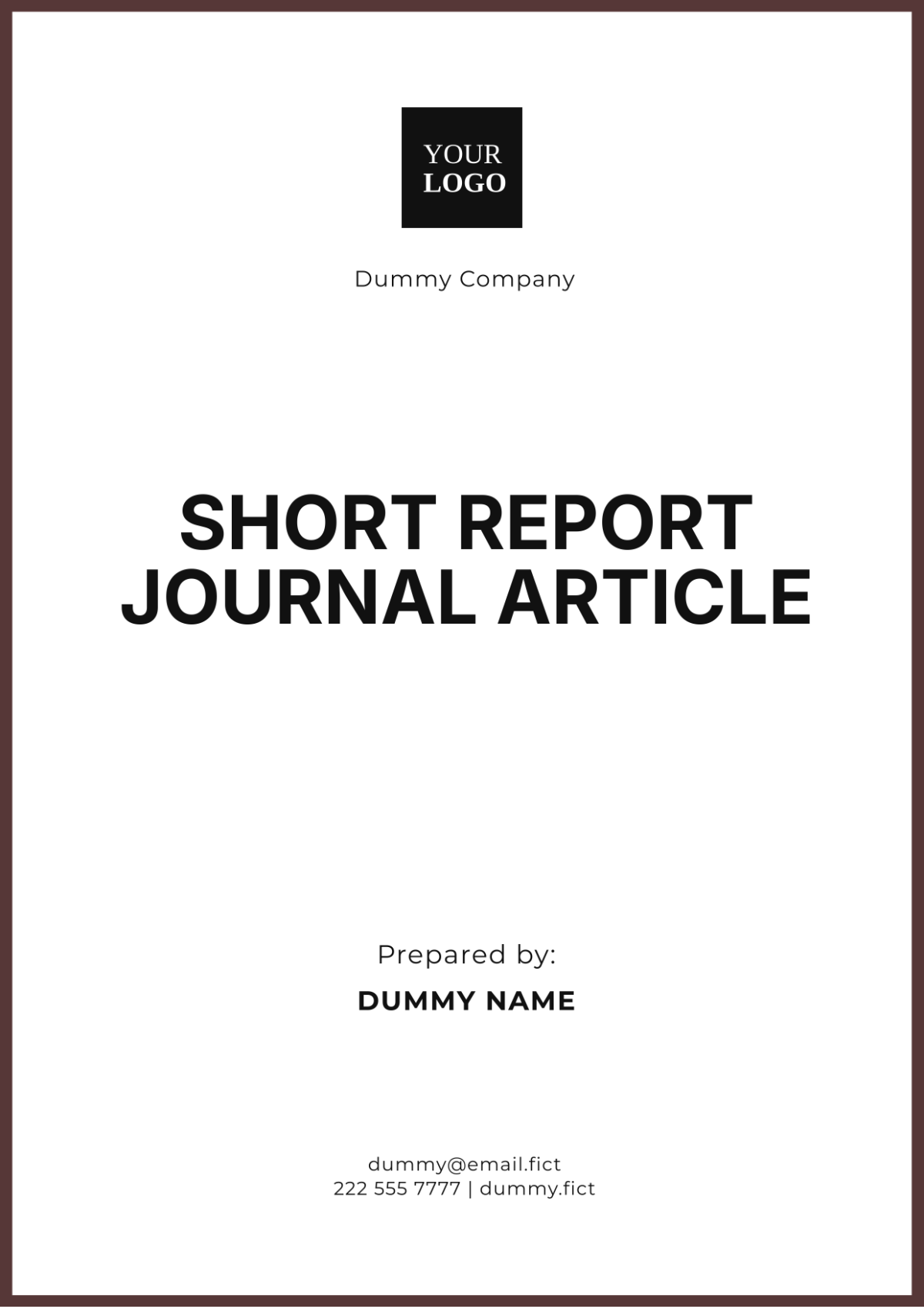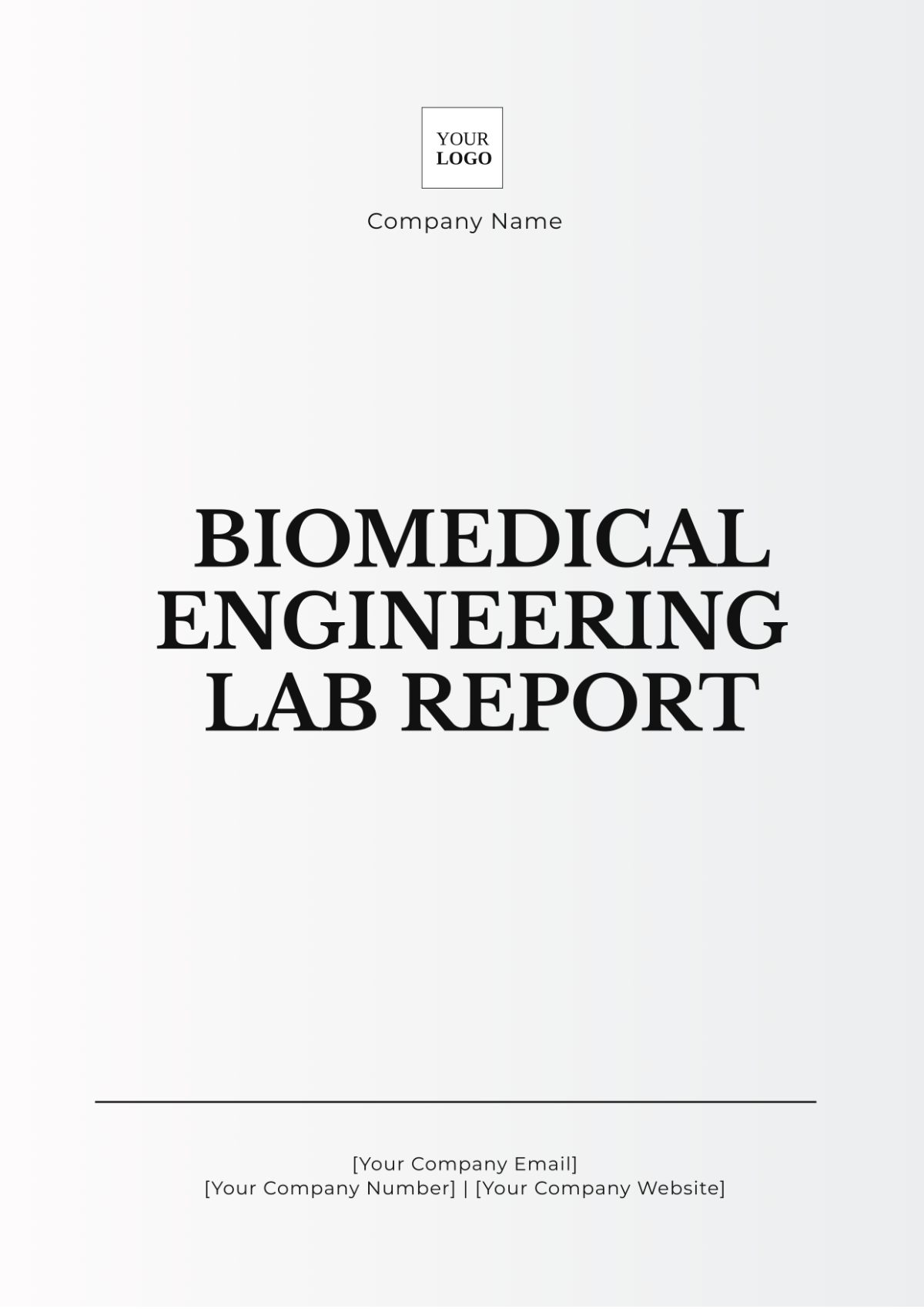Biomedical Engineering Lab Report
Prepared By: [Your Name]
Date: [Date]
Objective
The objective of this lab is to analyze and understand the biomechanics involved in human gait, the mechanical properties of biomaterials, and the principles of biomedical device design. This report will detail the procedures, observations, and findings of the experiments conducted in the lab.
Materials and Methods
Materials
Human gait analysis system
Force plates
Biomaterial samples (hydrogen, Titanium alloy, Polycarbonate)
Biomedical device prototypes
Computers with analytical software
Measuring instruments (calipers, micrometers)
Methods
Human Gait Analysis
To analyze the human gait, volunteers were asked to walk across a predefined path fitted with force plates. The gait analysis system recorded parameters, including:
Stride length
Walking speed
Ground reaction forces
Joint angles
Biomechanical Properties of Biomaterials
The mechanical properties of different biomaterials were tested using tensile and compressive tests. The following properties were measured:
Tensile strength
Compressive strength
Young's modulus
Elongation at break
Biomedical Device Design
Various biomedical device prototypes were evaluated for their functionality, safety, and usability. The design evaluation included:
Prosthetic limb prototypes
Implantable devices
Diagnostic tools
Results
Human Gait Analysis
The data from the gait analysis were compiled and are presented in Table 1:
Parameter | Value |
|---|---|
Average stride length | 1.2 m |
Average walking speed | 1.5 m/s |
Maximum ground reaction force | 1.2 times body weight |
Knee joint angle at mid-stance | 15 degrees |
Biomechanical Properties of Biomaterials
The mechanical properties of the tested biomaterials are summarized in Table 2:
Material | Tensile Strength (MPa) | Compressive Strength (MPa) | Young's Modulus (GPa) | Elongation at Break (%) |
|---|---|---|---|---|
Hydrogel | 0.5 | 1.2 | 0.01 | 50 |
Titanium Alloy | 950 | 1050 | 110 | 15 |
Polycarbonate | 70 | 90 | 2.5 | 120 |
Biomedical Device Design
The evaluation data for the biomedical device prototypes are presented in Table 3:
Device | Functionality (out of 10) | Safety (out of 10) | Usability (out of 10) |
|---|---|---|---|
Prosthetic Limb Prototype | 8 | 9 | 7 |
Implantable Device B | 9 | 9 | 8 |
Diagnostic Tool C | 7 | 8 | 9 |
Discussion
Human gait analysis shows average stride length and walking speed are normal, with ground reaction forces and joint angles usable for improving ergonomic footwear and prosthetics. Biomechanical tests found titanium alloy ideal for load-bearing implants due to its strength; hydrogel is suitable for soft tissue; and polycarbonate offers a strength-flexibility balance. Biomedical device evaluation highlights that while prototypes score high on functionality and safety, usability needs enhancement for better patient and provider use.
Conclusion
In summary, this lab successfully analyzed key aspects of human biomechanics, characterized the mechanical properties of various biomaterials, and evaluated the design of biomedical devices. These findings are expected to contribute to the ongoing development and improvement of medical engineering solutions.
References
Winter, D. A. (1990). Biomechanics and Motor Control of Human Movement.
Ratner, B. D., et al. (2054). Biomaterials Science: An Introduction to Materials in Medicine.
Palsson, B. O., & Bhatia, S. N. (2054). Tissue Engineering.




















